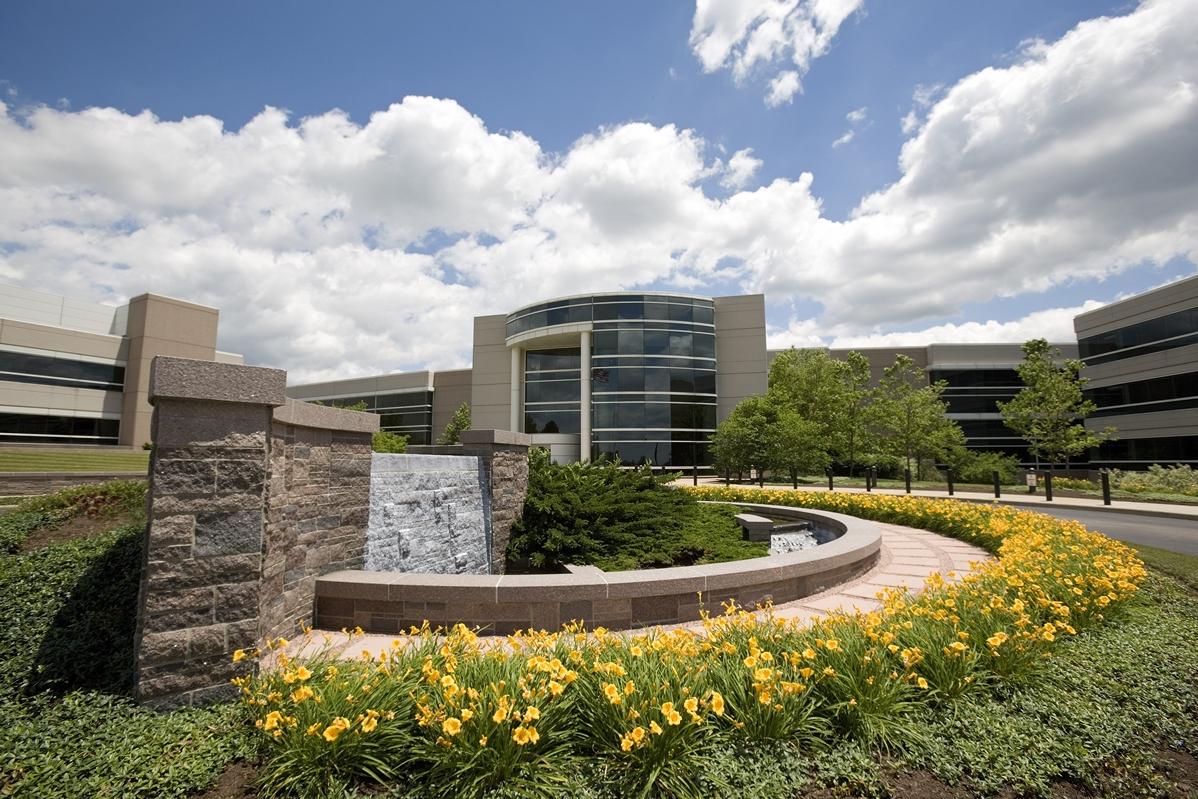
P&G has been driving force in harnessing sustainability values within the company's decision-making processes.
Editor's Note: This story is part of an editorial series featuring companies on CR Magazine's 20th annual 100 Best Corporate Citizens ranking, which recognizes outstanding environmental, social, and governance (ESG) disclosure and sustainability performance among the Russell 1,000 Index. You can follow the series here.
There’s a recent trend of companies taking an interest in the ways they can have a positive impact on their customers, their employees and the environment. There’s no reason not to, since evidence suggests such an approach is more profitable in the long term. It’s no surprise to see a legacy company like Procter & Gamble included in this business shift.
P&G, the parent company behind dozens of household brands such as Tide, Gillette, Pampers, Febreze and Olay, has long been a global leader in the consumer packaged goods (CPG) industry and also a driving force in including corporate social responsibility principles in decision-making processes.
One of the most notable examples was in 2014 when the company discovered child labor was being used in trash-picking operations that ultimately wound up in its recycling supply chains. P&G responded immediately and effectively by “establishing schools, enrolling and supporting affected children in the schools, launching mobile health clinics, developing skilled workshops and compensating parents for loss of income,” according to the company.
Most recently is P&G’s leading role in the formation of the ambitious Alliance to End Plastic Waste (AEPW). The Alliance is a coalition of dozens of global companies, including ExxonMobil, LyondellBasell, SUEZ, Shell, Veolia, and other companies within the plastics and consumer goods value chain. Their goal is to eliminate plastic waste in the environment, with their primary focus being on ocean plastic pollution.
They have pledged $1 billion to fund solutions in the following areas:
- Infrastructure development to collect and manage waste and increase recycling;
- Innovation to advance and scale new technologies that make recycling and recovering plastics easier and create value from all post-use plastics;
- Education and engagement of governments, businesses, and communities to mobilize action; and,
- Clean-up of concentrated areas of plastic waste already in the environment, particularly the major conduits of waste, like rivers, that carry land-based plastic waste to the sea.
That sounds swell, but big international groups of VIPs pledging to work against climate change or plastic pollution isn’t really a new concept. What makes AEPW different? For one thing, it’s a self-motivated endeavor. Neither the United Nations nor any government mandated the formation of the group or even required the represented companies to spend money to mitigate environmental damage in this fashion.
Few people, if anyone, have a clearer perspective on the scale of manufacturing—and thus the scale of the problem—than these executives. Even fewer people have the power to influence the behemoth industries they represent. They stepped up to the plate because they saw the necessity of change and were the only ones in the position of being able to affect it.
Then again, it’s not the first time that companies have made audacious claims and failed to deliver. Many of the companies included in the Alliance have checkered pasts. Suez, for example, failed to meet even the most basic water quality and accessibility standards in its contract with the Bolivian government, directly impacting tens of thousands. ExxonMobil was made infamous by the Valdez oil spill, which still isn’t fully cleaned up to this day, a full 30 years later.
In a world where greenwashing is so prevalent, it’s possible that the AEPW is just another ruse to distract and placate. The unfortunate reality is that many will take these renewed promises with a grain of salt. Praise should be reserved until we see the results of their actions.
Still, I’m optimistic.
P&G in particular has been making excellent, and actionable, strides. Its Ambition 2030 project, unveiled last year, has already started addressing social and environmental injustices within the company's scope of influence. Changes to not only product design, but also supply chain sourcing and infrastructure was coupled with education and training of employees, which in turn enriches the communities where the company operates.
The year before that saw P&G unveiling a gender equality campaign aimed at people both internal and external to the company. Some components of the program included 50/50 representation at all levels of the company, empowering women-owned businesses and introducing paternity leave. It was a massive success on all levels, and the Association of National Advertising lauded the company's commercial series that fought the trend of portraying women negatively.
P&G’s CEO David Taylor will serve as chairman of the board of the Alliance to End Plastic Waste. He’s the same man who wrote an essay entitled, “The Courage to be Uncomfortable." Given the success of the recent P&G projects under his leadership, it’s encouraging that Taylor will be leading the AEPW into what will certainly be an uncomfortable transition to a more sustainable global economy.
Image credit of P&G facility in Mason, OH: Procter & Gamble

Patrick Grubbs is an environmental writer with a keen interest in the interactions between people and ecosystems. Past work includes projects to integrate permaculture into architecture, community education of urban agriculture, and published research in aquatic ecology. He is currently based in Philadelphia, but spends most of his time traveling abroad.














